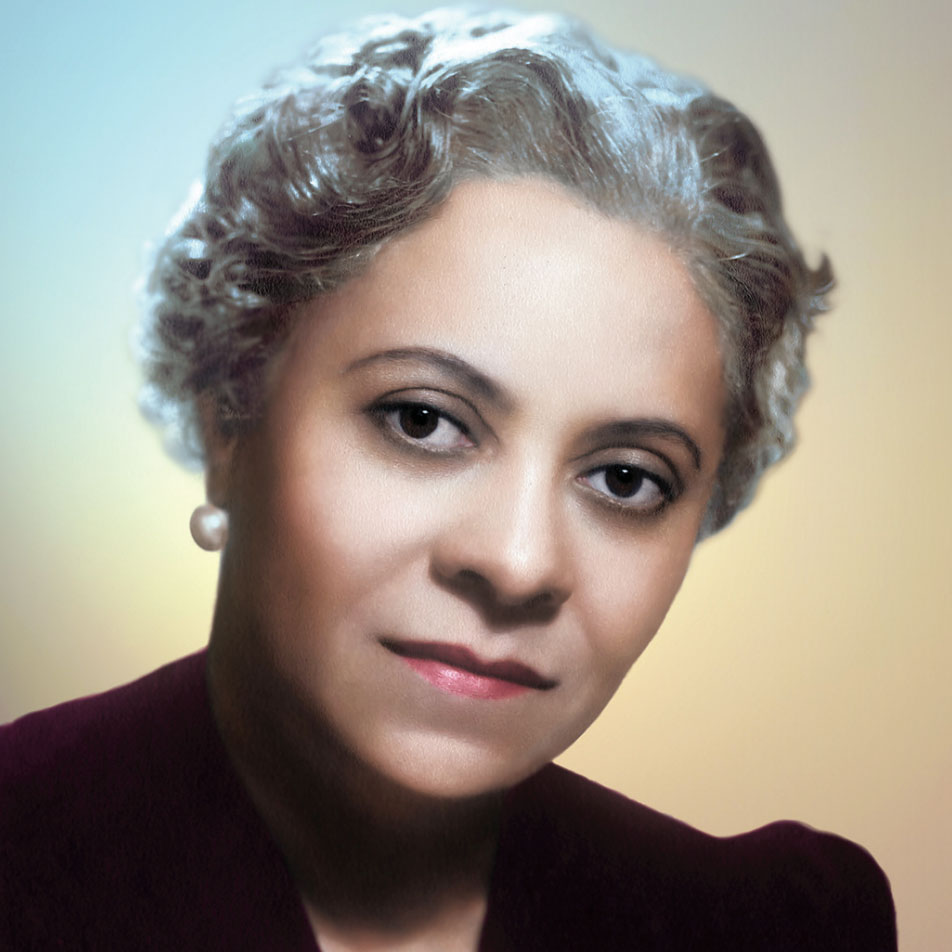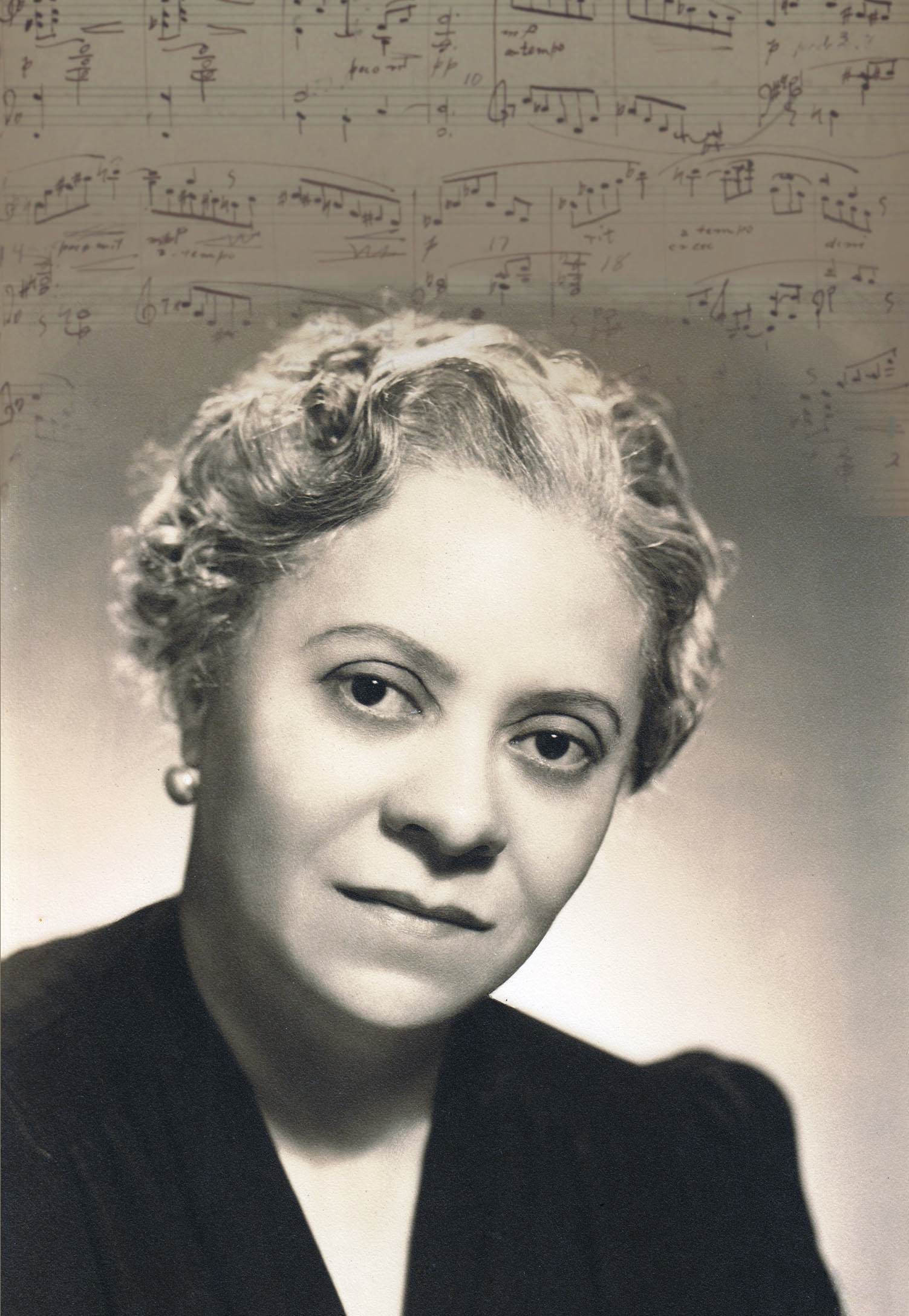

‘These were middle- to upper-class black Americans coming from a very educated background. That’s the story that needs to be told.’ Price and George were part of a robust network of black women, Ege explains. ‘There’s this idea that this all-white, all-male orchestra just sort of magically took an interest in Price’s music, but actually it was Maude Roberts George working behind the scenes, supporting Price in getting the score finished and making sure the world could hear it. New research suggests a different story, however, as Dr Samantha Ege of Lincoln College, University of Oxford, tells me. In her magisterial biography, The Heart of a Woman, the late Price scholar Rae Linda Brown writes that it was Price winning the Wanamaker Award that induced Frederick Stock to take a look at her First Symphony and decide to programme it for the Century of Progress Exposition, where he served as musical advisor. It was written, along with a Piano Sonata (also in E minor), as an entry to the 1932 Rodman Wanamaker Contest, a competition for black composers, and both works were awarded first prize in their categories (and a total of $750 – more than $15,000 in today’s currency).

Perhaps the appropriate place to start is with her footnoted Symphony No 1 in E minor. The sudden groundswell of interest in her work is most welcome for being long overdue, but it’s imperative that we delve more deeply to discover not just who she was but what she represented. This is particularly pertinent at the moment, when it seems the entire classical music industry is rushing to respond to the ‘Me Too’ and ‘Black Lives Matters’ movements. The risk of becoming a symbol, however, is that it can all too easily lead to a pat, superficial assessment, and Price deserves far better than that.

Price possessed warmth and generosity, qualities that are also evident in her music (photo: Eileen Southern Collection) Increasingly violent racism and the enactment of Jim Crow laws eventually forced the couple and their young children to join ‘the Great Migration’ of blacks fleeing the South, and they eventually settled in Chicago where, with her exceptional abilities as a composer, pianist and choral conductor, Florence became an integral part of Chicago’s Black Renaissance creative movement.

After graduation, she returned to teach in Little Rock, and in 1912 she married Thomas J Price, an up-and-coming lawyer. Florence’s musical gifts were apparent from an early age, and she was sent to the New England Conservatory where she was a star student in organ and piano pedagogy, as well as in the private composition lessons she took with George Chadwick, the school’s director. In a very real sense, then, Price is a symbolic figure, and the symbolism has deep significance, not least as her story is yet another crucial reminder of black women’s struggle to have their voices heard.īorn in Little Rock, Arkansas in 1887, Florence Beatrice Smith’s father was a successful dentist who later in life wrote a novel, her mother was a fine singer and pianist – a prominent family in the city’s black community. That was in 1933, when Frederick Stock conducted the Chicago Symphony Orchestra in the premiere of her First Symphony – although, it should be added, not as part of the orchestra’s regular season but at a special concert entitled ‘The Negro in Music’, presented as part of the Chicago World’s Fair (also known as the Century of Progress Exposition). Until recently, Florence Price was remembered primarily, if at all, as a historical footnote for being the first woman composer of African descent to have her symphony played by a major American orchestra. Florence Price (photo: University of Arkansas Libraries)


 0 kommentar(er)
0 kommentar(er)
